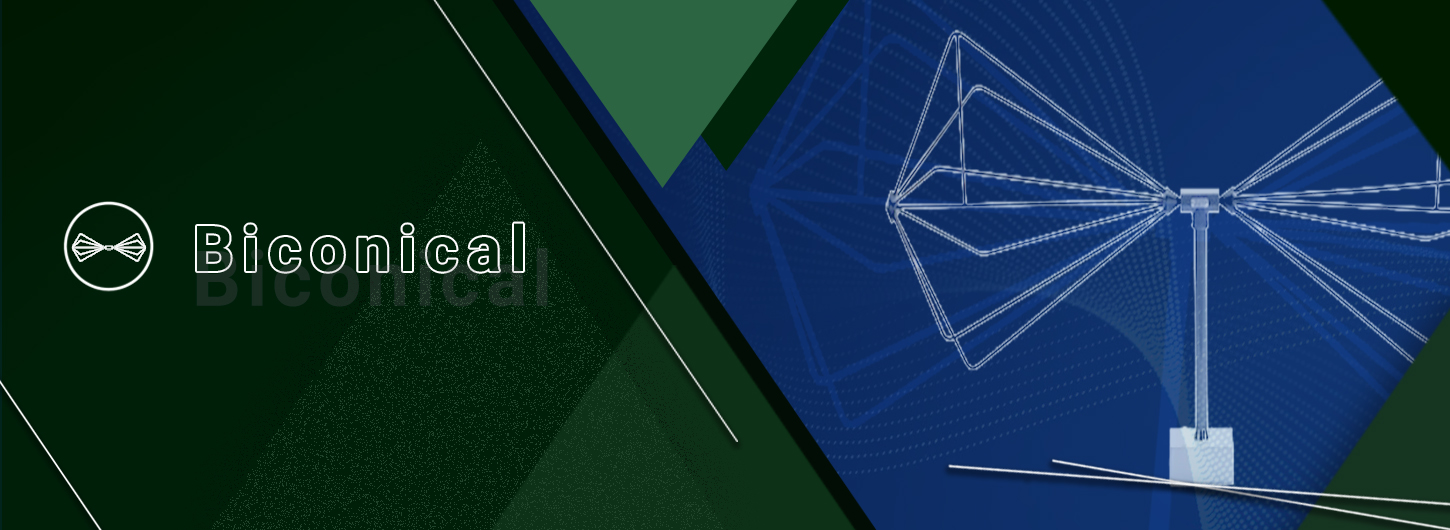
A biconical antenna consists of an arrangement of two conical conductors, which is driven by potential, charge, or an alternating magnetic field (and the associated alternating electric current) at the vertex. The conductors have a common axis and vertex. The two cones face in opposite directions. Biconical antennas are broadband dipole antennas, typically exhibiting a bandwidth of 3 octaves or more. Biconical antennas are broadband dipole antennas, usually displaying a bandwidth of three octaves or more.
A biconical antenna is a type of broad-bandwidth antenna that consists of two conical elements arranged point-to-point and aligned on a common axis. The conical elements are usually made of conducting material such as copper or aluminum and are separated by a small distance at their apex. The biconical antenna is a variant of the cone antenna, and it is sometimes called the double cone antenna.
Biconical antennas are used in a variety of applications, including radio and television broadcasting, radar systems, and EMC (Electromagnetic Compatibility) testing. They have a relatively wide bandwidth, which means they can operate over a range of frequencies without the need for tuning or adjustments.
The antenna's radiation pattern is omnidirectional, meaning it radiates in all directions. This characteristic makes biconical antennas suitable for use in situations where a signal needs to be transmitted or received from multiple directions.
One of the advantages of biconical antennas is their simplicity in design and construction. They are easy to manufacture and can be made from relatively low-cost materials. However, their main disadvantage is their relatively low gain, which limits their use in applications that require long-distance communication or detection.
